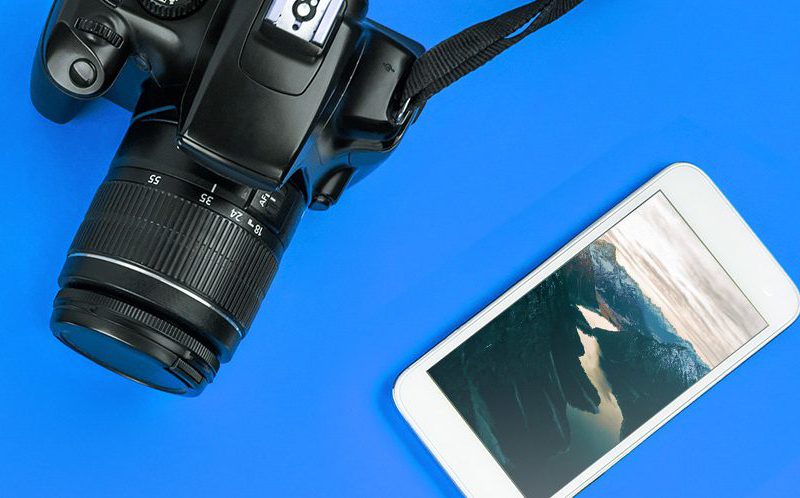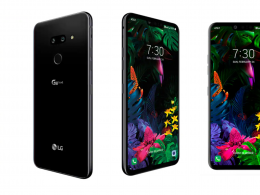December 30, 2010, marked the end of an era. On that date, Dwayne’s Photo in Kansas developed the last roll of Kodachrome film. Its rich colors had made it a favorite of professional photographers since the 1960s. But those same photographers had started switching to digital. Kodachrome couldn’t compete with the lower cost and ease of use.
A similar shift is happening for amateur photographers today. Cell phone cameras have become so good that people aren’t buying as many digital cameras as they used to. Your smartphone is with you most of the time anyway, so why carry around another device? What kind of camera you need depends on what kind of photographs you want to take.
Smartphone = Convenience
Unless you’re a pro, you probably don’t slip a camera around your neck before leaving the house. But if you carry a smartphone, your camera is available whenever you need it. Plus, smartphone cameras can do some things cool things that regular cameras don’t.
- Editing: Dozens of free photo apps let you play with exposure settings, attach stickers, or add filters like portrait mode to your photos. Some apps even let you edit video while it’s still on the phone.
- Sharing: Photos taken with smartphone cameras are much easier to share with friends, family, or social media. You don’t need a Wi-Fi® connection, and you can add captions on the fly.
- Viewing: Large smartphone screens let you see photos and videos at a higher resolution. Digital cameras have much smaller preview screens with lower resolutions.
- Pricing: Most casual photographers don’t want to spend $150 or more on a digital camera—especially if they’re happy with the photos taken by their smartphone.
Digital Camera = Versatility
The photo quality of smartphone cameras gets better every year. But digital camera quality is improving at the same time. If you’re a photographer who wants more choices, investing in a high-quality digital camera can give them to you.
- Interchangeable lenses: Smartphone cameras have fixed lenses, so they’re best with mid-range photos. You can change out the lens of a digital cameras to zoom or take macro close-ups.
- Action or low-light shots: Smartphone cameras take wonderful pictures when the subject isn’t moving and is in bright light. Digital cameras give you manual control of settings like shutter and aperture. This makes it easier to take beautiful pictures when the subject is moving or in low light.
- Long-lasting battery: Have you ever seen the perfect shot, pulled out your smartphone to take a picture, and discovered your battery is dead? Most smartphone users have had this frustrating experience, but it happens less frequently with digital cameras. Most cameras can take up to 500 pictures on a single charge.
The bottom line
If you want to take great photographs and share them on your blog or on social media, a smartphone camera should give you everything you need. Just be sure, when you’re buying a smartphone, that the camera is high quality. Look for these important features.
- Overall picture quality
- Low-light performance
- High-end photo effects
- Optical zoom
- Variable aperture/lens feature
- Ability to take high-quality portraits on both front- and rear-facing cameras
If you’re already a serious photographer—or you want to improve your amateur skills—go for a mirrorless or DSLR camera. You can experiment with shutter and aperture settings or add more lenses as your skills improve. Make sure you don’t bust your budget—look for sales or shop on discount websites. You can even get a refurbished digital camera that costs much less than a new one.
And remember, you can improve your skills by taking a class. Some classes even teach photography tricks just for smartphone cameras. Check your local colleges, rec centers, or photography clubs to find classes near you. You can even find online classes on Lynda or Udemy. Happy shutterbugging!





